https://www.mdifitness.com/ejxjq072mv Paul arranged for us to meet up with a former colleague and friend, Diane, at one of her favorite Virginia wineries. Diane and her husband Paul relocated to the Charlottesville area last year and have explored the Monticello wine region. For Diane, Cunningham Creek is her “go to” winery. Therefore, we all agreed to meet up there; in addition to catching up with friends, this was also an opportunity to add to our list of Virginia wineries that we have visited over the past 13 years. Our visit to Cunningham Creek is winery #183.
https://www.tomolpack.com/2025/03/11/ps9npzw It was a warm yet comfortable late spring afternoon when we arrived at Cunningham Creek. Friendly staff greeted us at the door, and the tasting room offered views of fresh green lawns and mountainous landscapes. Rose is the rage these days, and Cunningham Creek produced an excellent dry offering from the 2017 vintage. It was crafted from Cabernet Franc grapes and could be described as summer in a glass with notes of melon, citrus zest, and stone fruit. For those who enjoy creamier Chardonnays, the 2016 will not disappoint. This Governor’s Cup Silver Medal winner presented elements of pear, citrus and honey.
https://yourartbeat.net/2025/03/11/guiug96k74 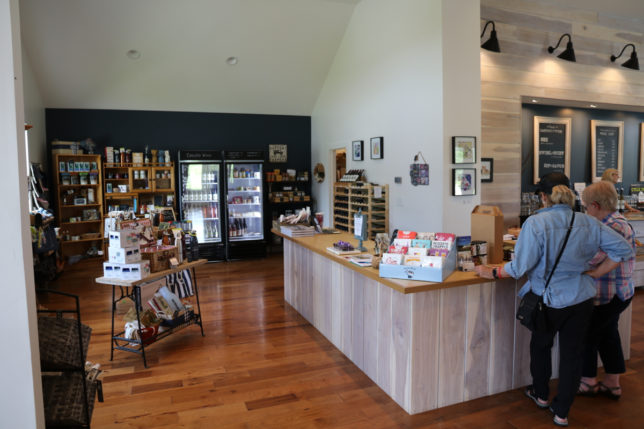
https://www.andrewlhicksjrfoundation.org/uncategorized/px6z008u7x6 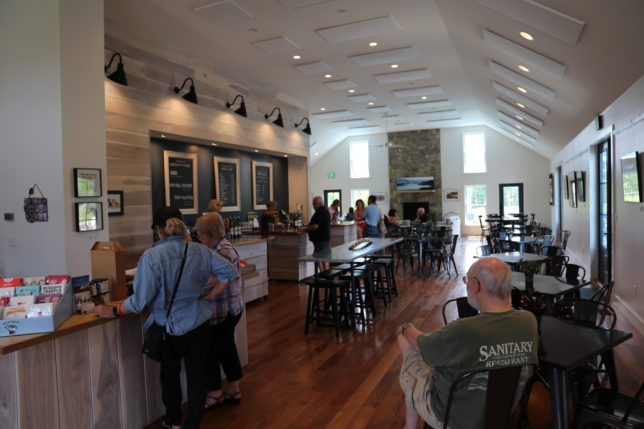
Summer is always grilling season, and Herd Dog Red made with Cabernet Franc should be delightful with grilled burgers, ribs, or chicken. A fruity palate and light body makes this one a perfect summer red wine. Lean steaks and grilled veggies would be complemented by the 2015 Merlot with its notes of ripe cherries, plum and cedar. Juicy ribeyes on the grill? The 2015 Meritage should work well. Merlot dominates this blend that also includes Cabernet Franc, Cabernet Sauvignon, and Petit Verdot. It is complex with rich layers of blackberry, cherry and currants. Chewy tannins suggest aging potential; however, enjoy now after decanting.
Paul had SO much fun spending time with Diane!
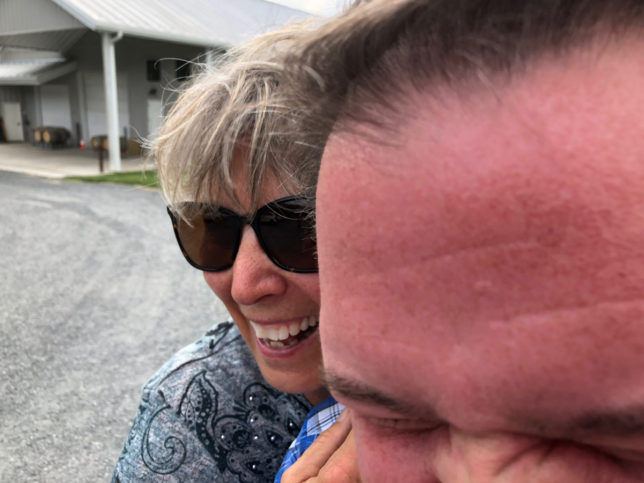
Our tasting was done and we wanted to enjoy more time together with a favorite bottle of wine. So which wine did we select? The 2016 Viognier, another Virginia Governor’s Cup Silver Medal winner. Its floral aromatics and tropical, fruity palate paired well with cheeses, warm weather, and friends.
https://www.onoranzefunebriurbino.com/fbr5k3bp Be sure to visit Cunningham Creek Winery to select your own favorites. Mention that Virginia Wine Time sent you!
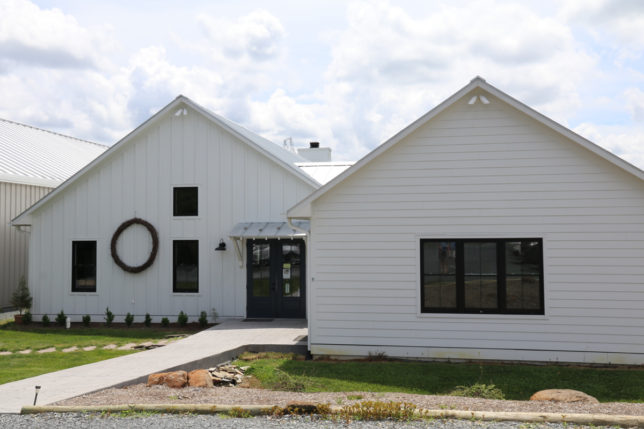
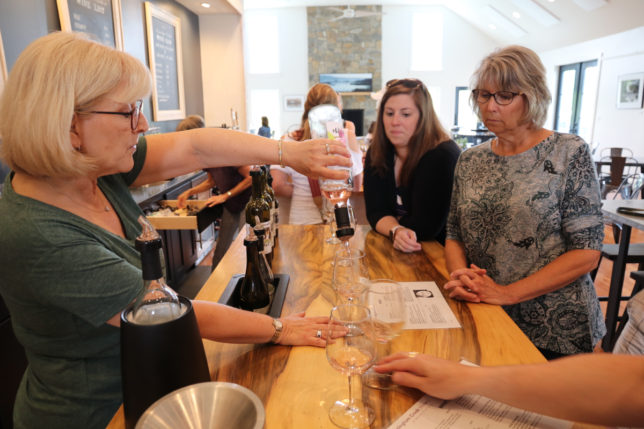
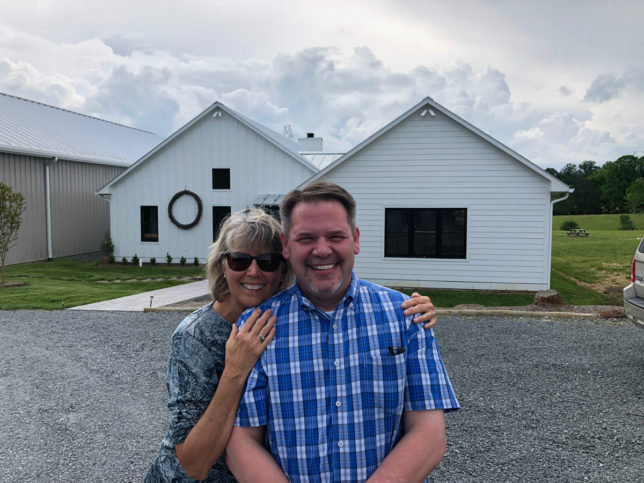
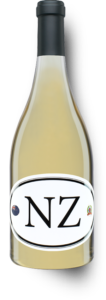
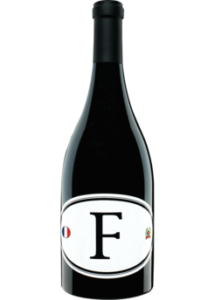 F: France is synonymous with winemaking, and Locations pulls in red grapes from Rhone, Roussillon and Bourdeaux to create this fruit-driven wine. The blend includes Grenache, Syrah, and various Bordeaux varities. Seed berry notes prevailed on the nose complemented by aromas of tobacco and violet. A very berry palate included velvety tannins and a pleasant fruity finish. We enjoyed F with herbed eg of lamb and roasted veggies.
F: France is synonymous with winemaking, and Locations pulls in red grapes from Rhone, Roussillon and Bourdeaux to create this fruit-driven wine. The blend includes Grenache, Syrah, and various Bordeaux varities. Seed berry notes prevailed on the nose complemented by aromas of tobacco and violet. A very berry palate included velvety tannins and a pleasant fruity finish. We enjoyed F with herbed eg of lamb and roasted veggies.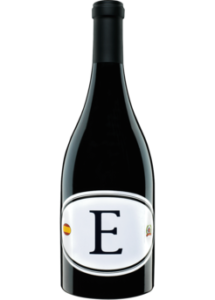
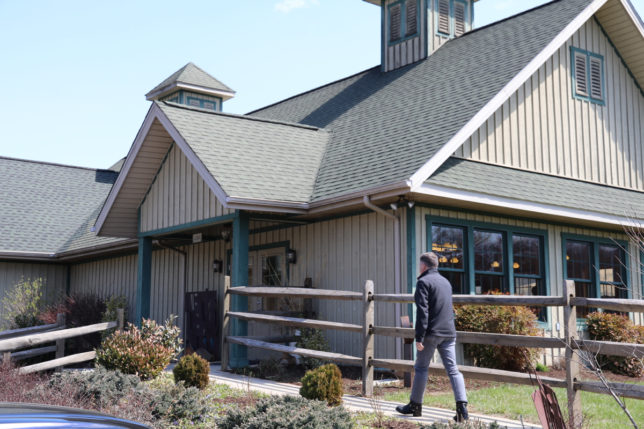
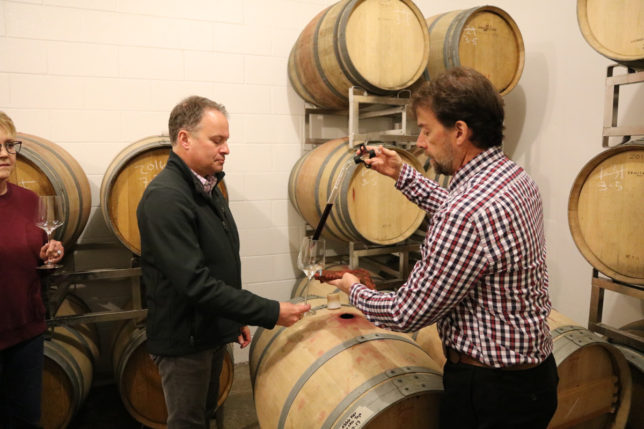
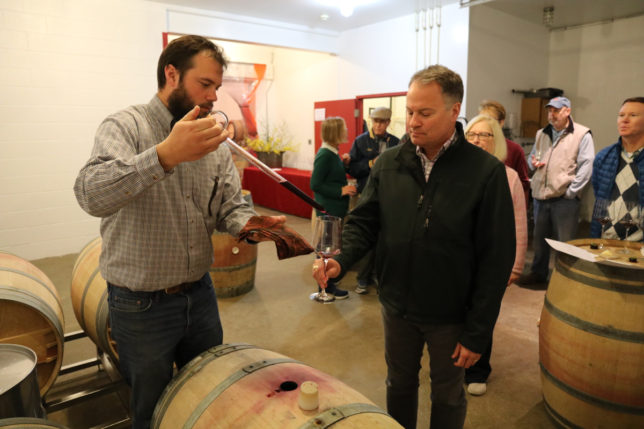
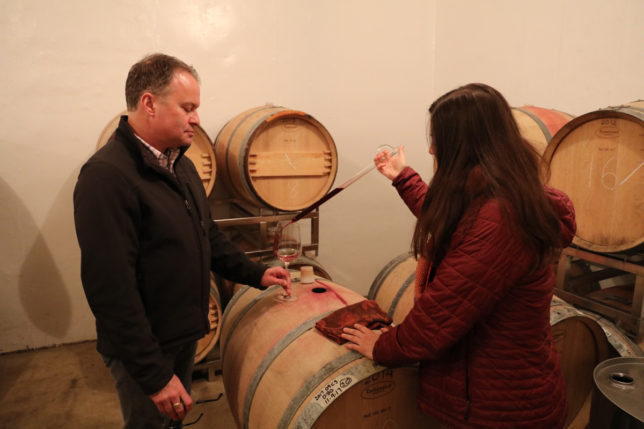
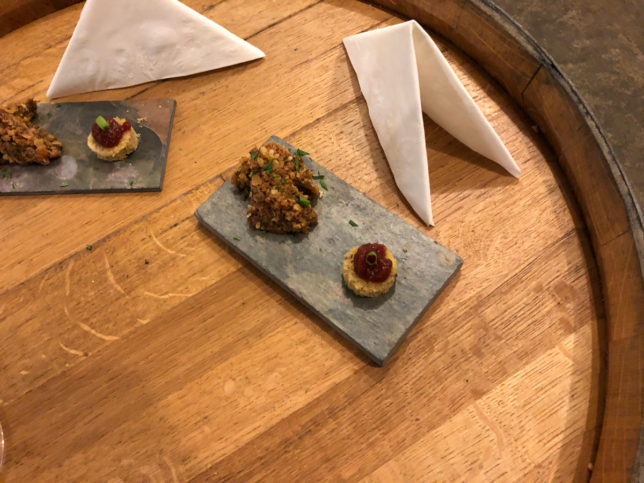
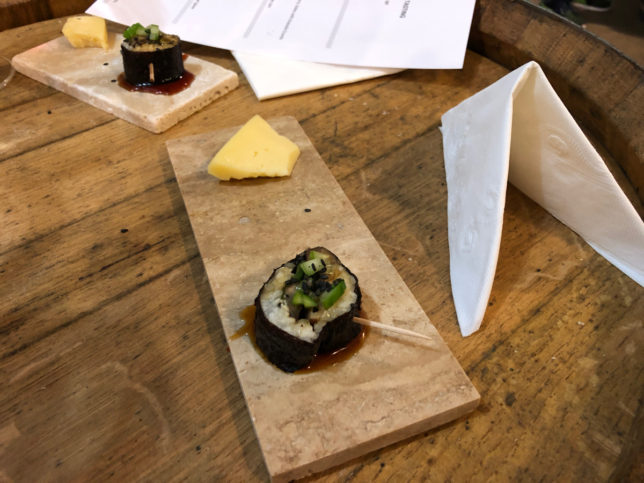
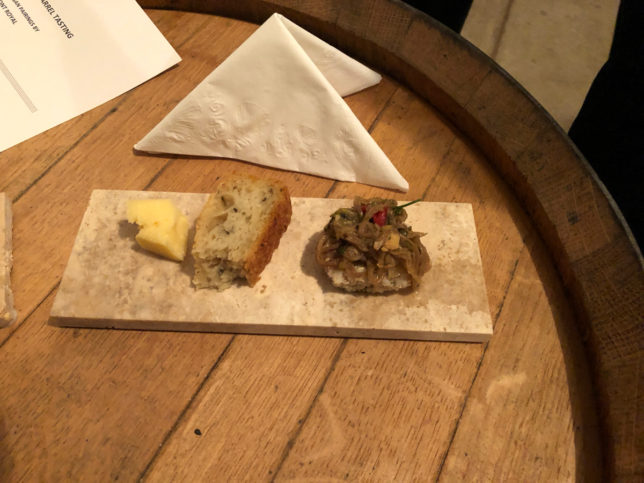
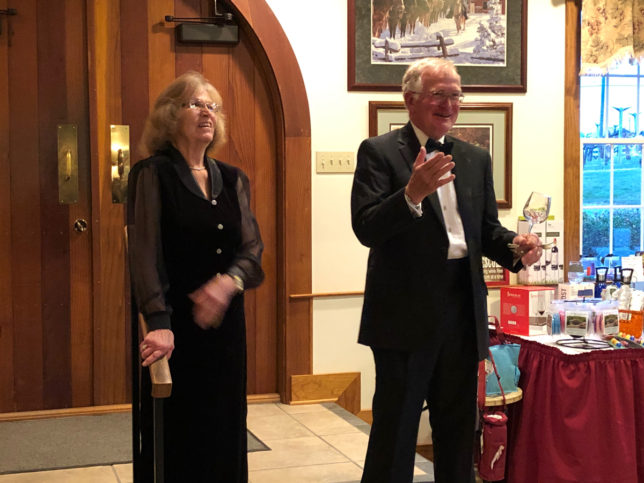
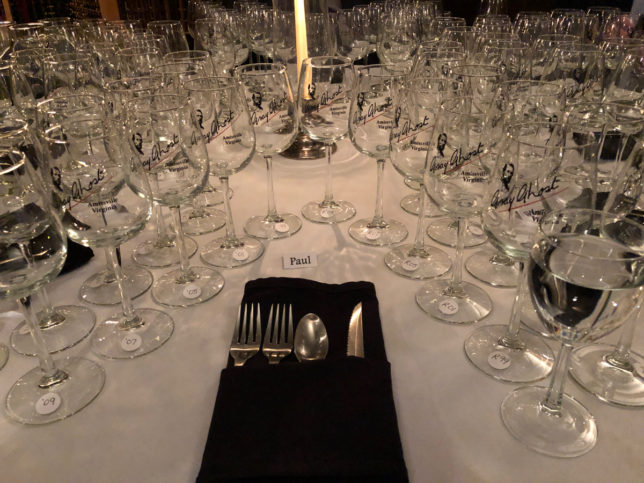
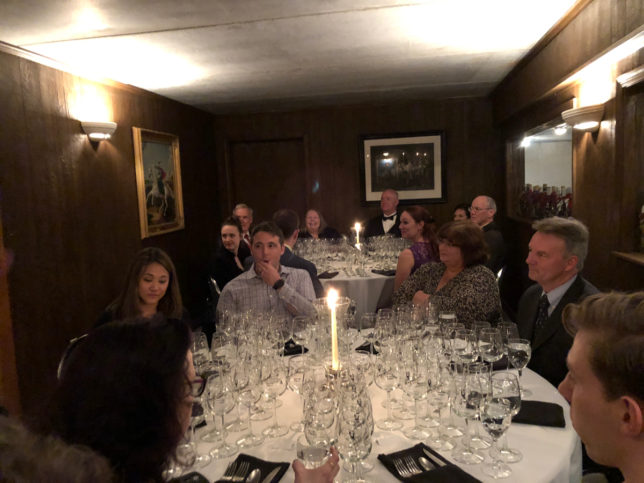
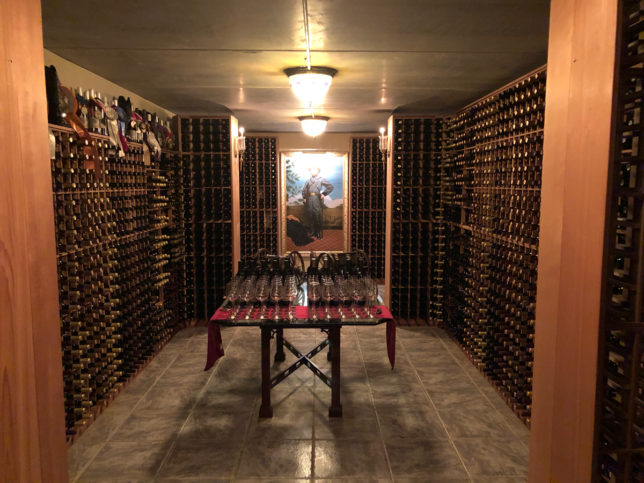
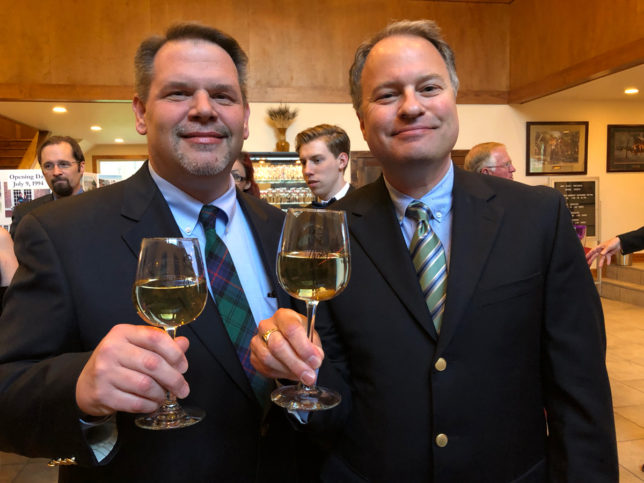
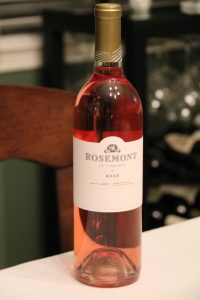 The first of the trio that we enjoyed was the 2017 Rose produced from the Chambourcin grape. This dry rose was fermented in stainless steel tanks and presented fruity notes of red berries and a refreshing fruity palate. This rose should be perfect for summer barbecues; however, I enjoyed it with spicy shrimp creole.
The first of the trio that we enjoyed was the 2017 Rose produced from the Chambourcin grape. This dry rose was fermented in stainless steel tanks and presented fruity notes of red berries and a refreshing fruity palate. This rose should be perfect for summer barbecues; however, I enjoyed it with spicy shrimp creole.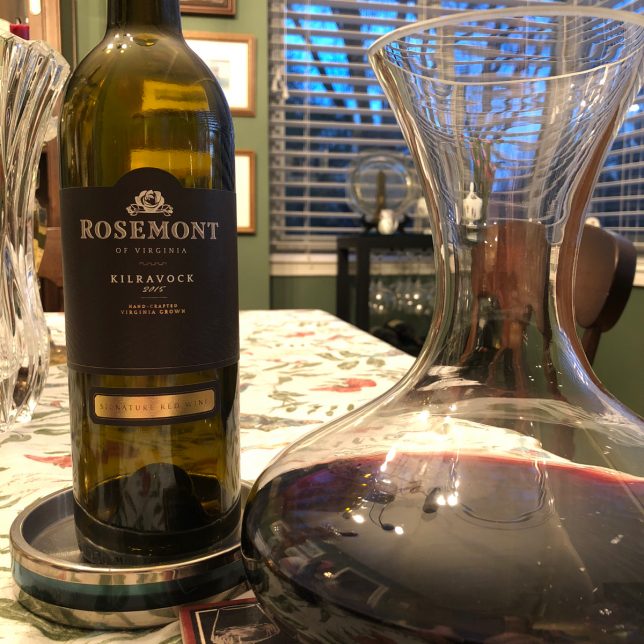
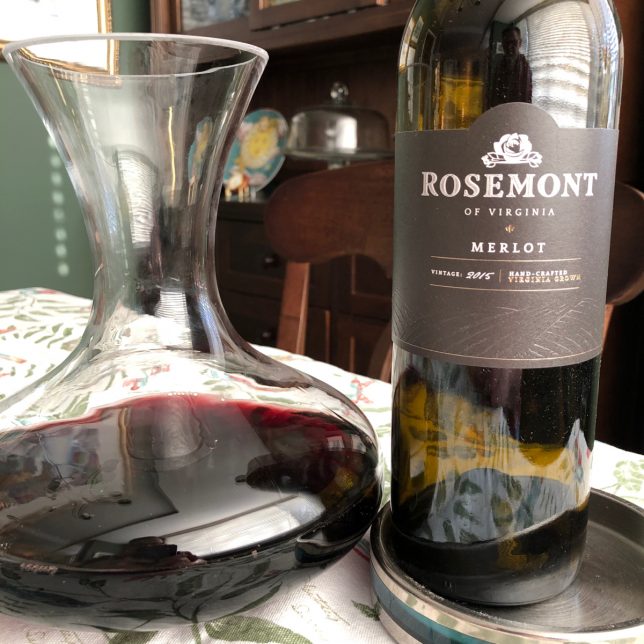
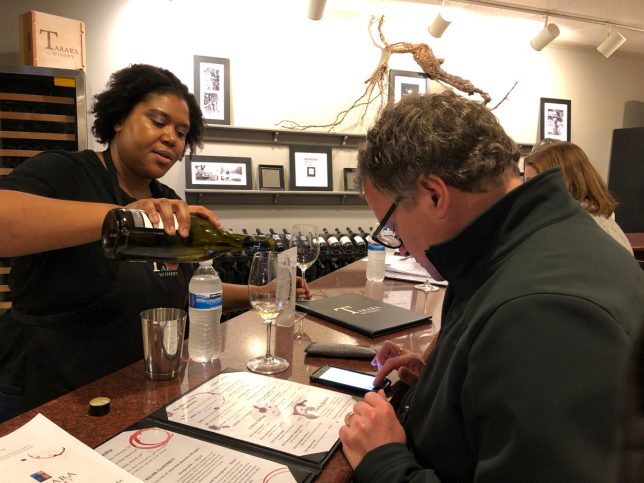
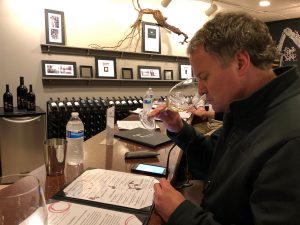
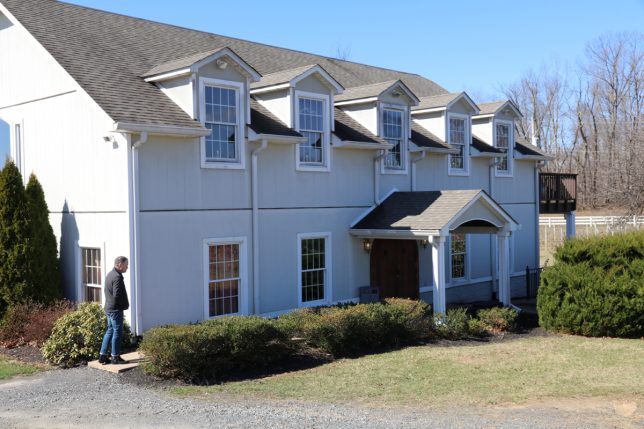
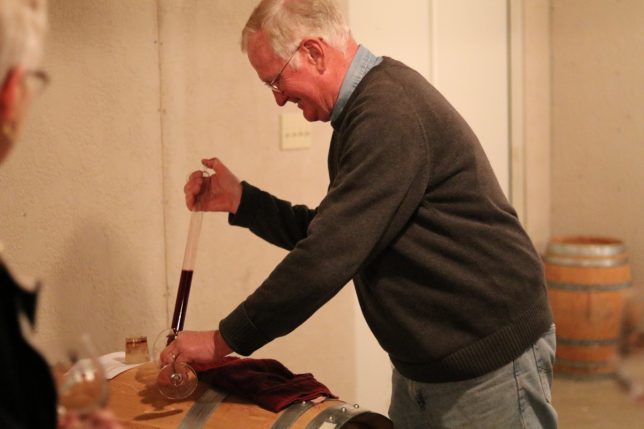
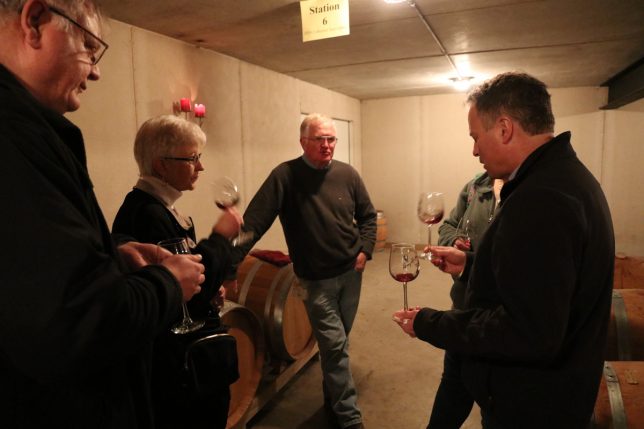
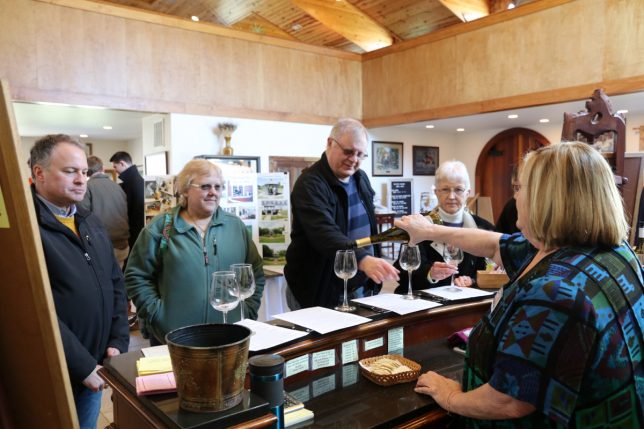
 Congratulations to outstanding winemaker, Matthieu Finot, for winning the Virginia Governor’s Cup. It was Finot’s 2014 Meritage that earned the coveted Cup!
Congratulations to outstanding winemaker, Matthieu Finot, for winning the Virginia Governor’s Cup. It was Finot’s 2014 Meritage that earned the coveted Cup!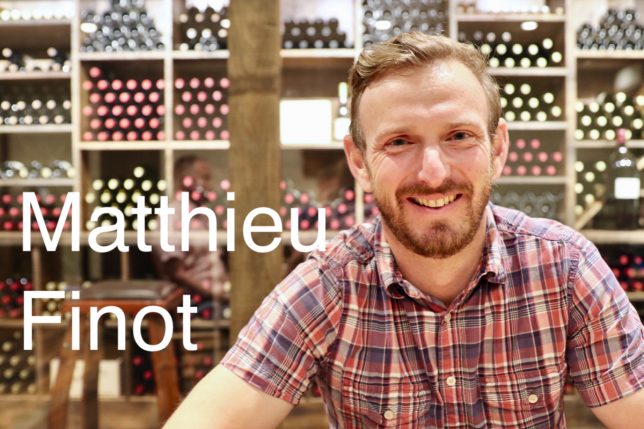
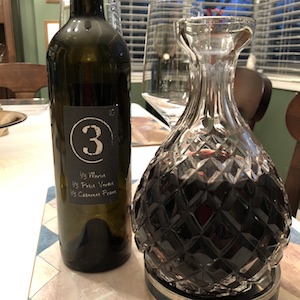 Time flies when you are having a blast with your best friend who also happens to be your spouse. That is the only way that I can describe the past three years with my best friend and husband, Paul. Well, to be completely honest, it has been 13 years since we have been friends and partners; however, three years ago we decided to marry on the exact date of our first date. That occurred on February 20, 2005 when a reluctant Paul agreed to a date with me to view art exhibits at the National Gallery of Art. Later that evening, we had charcuterie and cheeses with a bottle of red wine—-a Merlot from Gray Ghost Vineyards to be exact. This year is our third wedding anniversary and we thought it appropriate to celebrate with a Virginia red wine aptly named 3.
Time flies when you are having a blast with your best friend who also happens to be your spouse. That is the only way that I can describe the past three years with my best friend and husband, Paul. Well, to be completely honest, it has been 13 years since we have been friends and partners; however, three years ago we decided to marry on the exact date of our first date. That occurred on February 20, 2005 when a reluctant Paul agreed to a date with me to view art exhibits at the National Gallery of Art. Later that evening, we had charcuterie and cheeses with a bottle of red wine—-a Merlot from Gray Ghost Vineyards to be exact. This year is our third wedding anniversary and we thought it appropriate to celebrate with a Virginia red wine aptly named 3.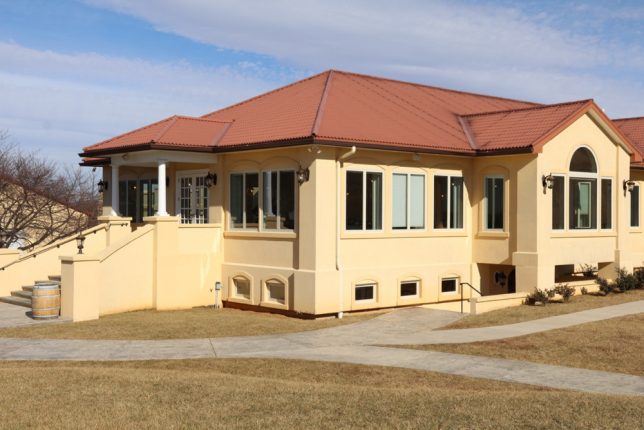
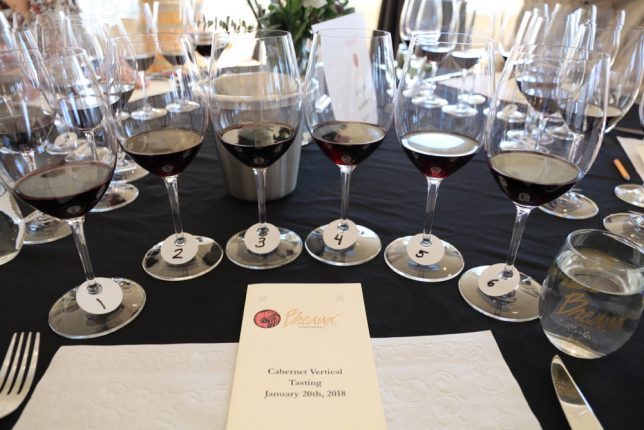
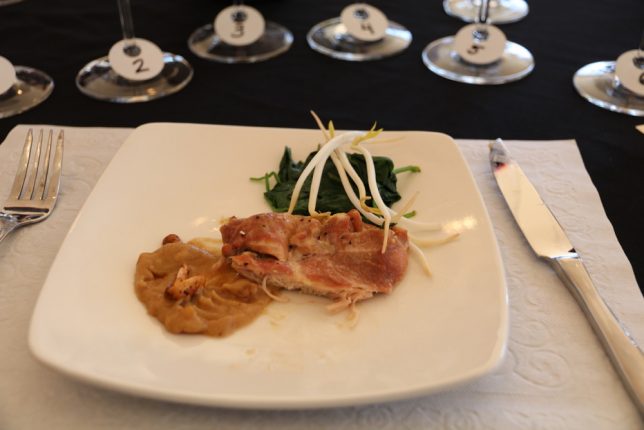
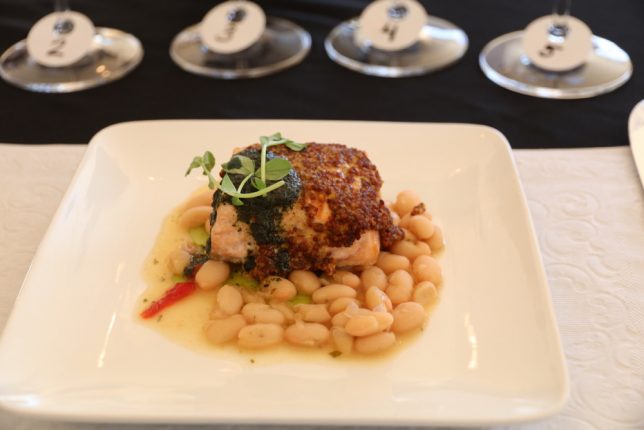
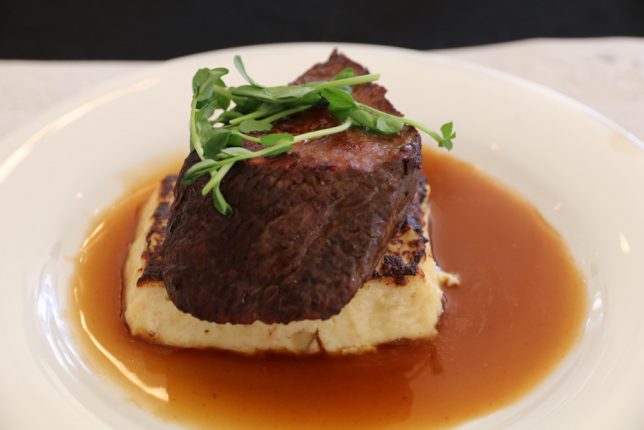
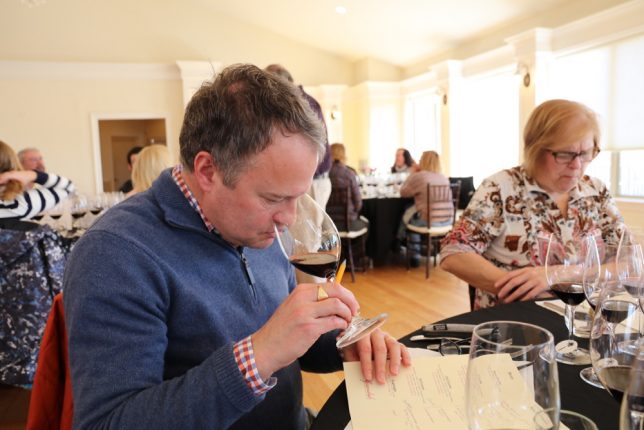
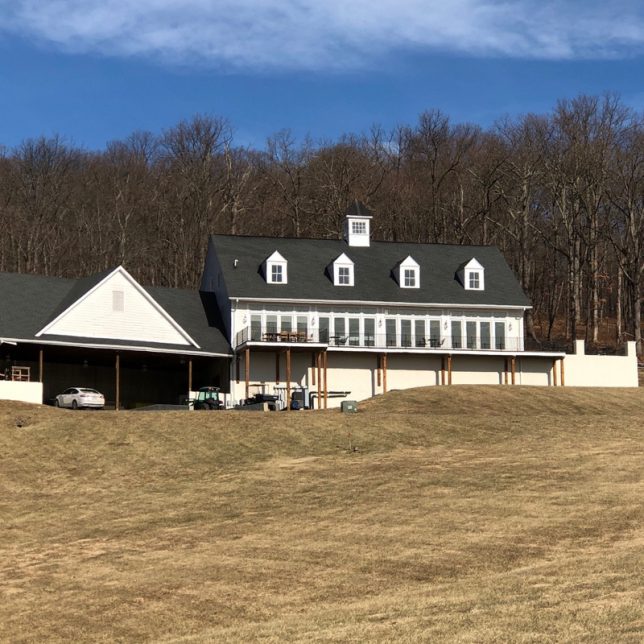
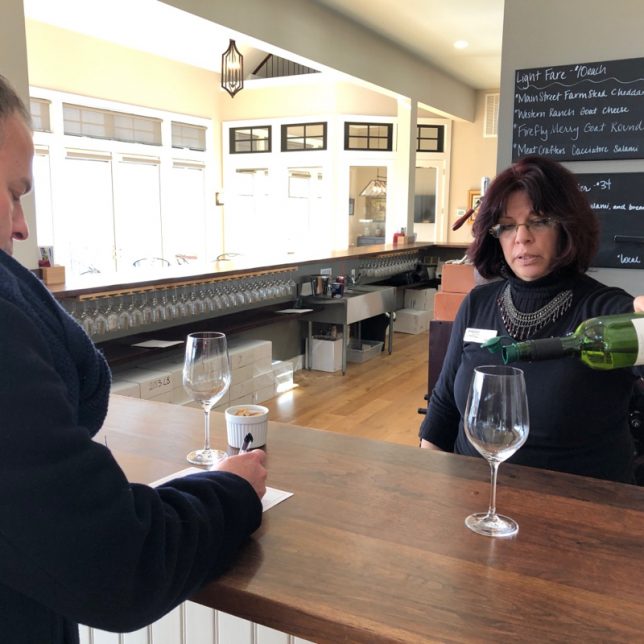
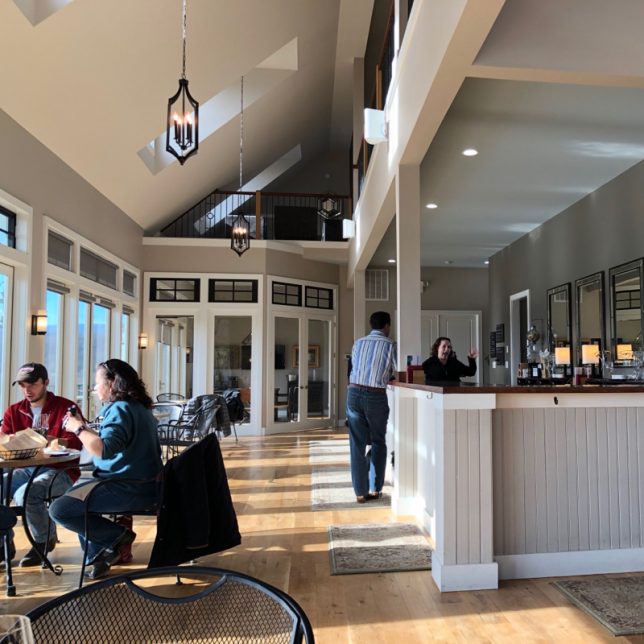
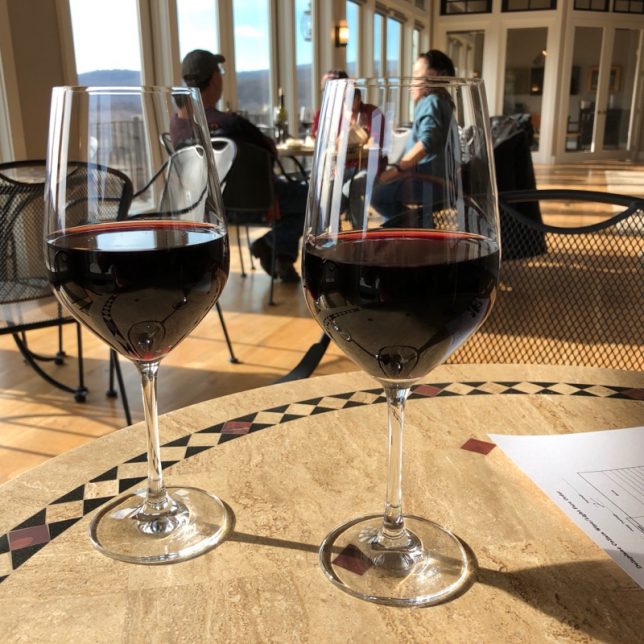
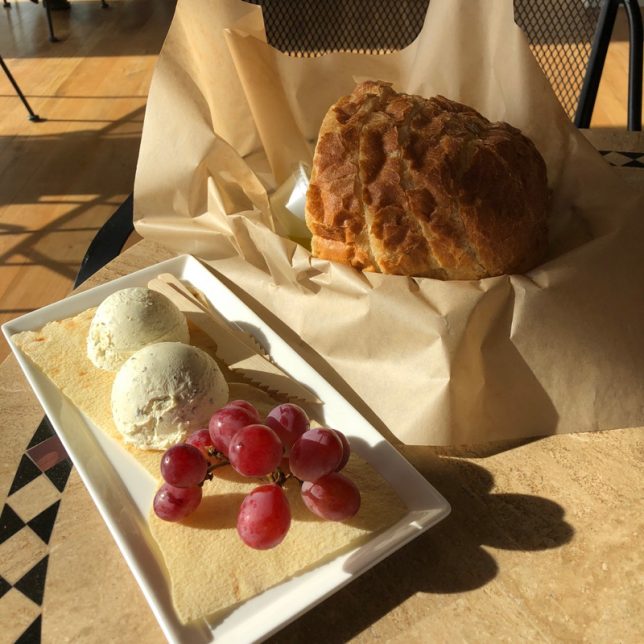
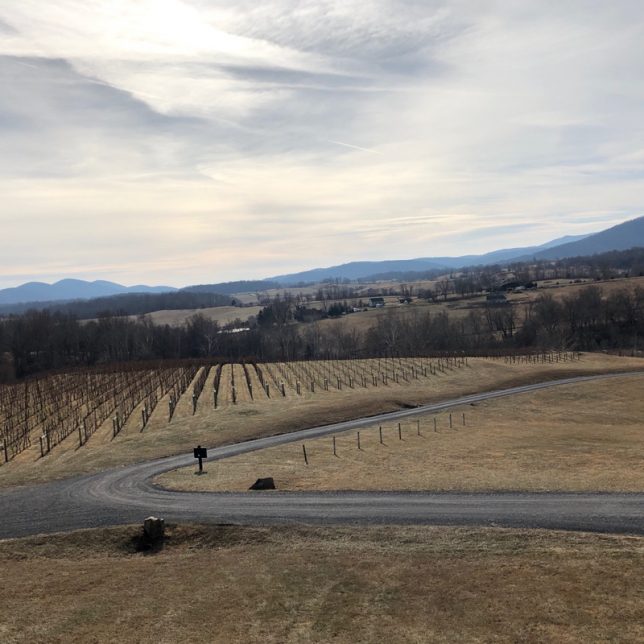
 2014 Mercer Canyons Cabernet Sauvignon: No surprise that if the Mercer whites reviewed in a previous post were the product of a hot growing season, then the reds developed in the same hot environment Aromas of smoke, candied cherries, ripe blackberries, and spice greeted the nose; similar flavors were observed in the mouth the an oak note on the finish. We found this Cabernet Sauvignon to be quite accessible; however, we opened at least 30 minutes before serving with strip steak and roasted potatoes.
2014 Mercer Canyons Cabernet Sauvignon: No surprise that if the Mercer whites reviewed in a previous post were the product of a hot growing season, then the reds developed in the same hot environment Aromas of smoke, candied cherries, ripe blackberries, and spice greeted the nose; similar flavors were observed in the mouth the an oak note on the finish. We found this Cabernet Sauvignon to be quite accessible; however, we opened at least 30 minutes before serving with strip steak and roasted potatoes. 2014 Mercer Canyons Red Blend: We enjoyed this one quite a bit and dubbed it a crowd pleaser. Merlot leads the blend (59%) that includes Syrah (16%), Grenache (10%), Sangiovese (6%), Petit Verdot (6%), and Viognier (2%). Smoky notes led on the nose followed by ripe red fruit and spicy aromas. The palate recalled mixed berry jam which lingered quite a while; dusty tannins provided structure. I enjoyed this one with lamb chops seasoned with rosemary and thyme. Feel free to keep this Red Blend on hand for summer fare done on the grill and lightly coated with barbecue sauce.
2014 Mercer Canyons Red Blend: We enjoyed this one quite a bit and dubbed it a crowd pleaser. Merlot leads the blend (59%) that includes Syrah (16%), Grenache (10%), Sangiovese (6%), Petit Verdot (6%), and Viognier (2%). Smoky notes led on the nose followed by ripe red fruit and spicy aromas. The palate recalled mixed berry jam which lingered quite a while; dusty tannins provided structure. I enjoyed this one with lamb chops seasoned with rosemary and thyme. Feel free to keep this Red Blend on hand for summer fare done on the grill and lightly coated with barbecue sauce.